Albania
Albania is a small country in the west of the Balkans peninsula, sharing borders with Montenegro, Kosovo, Macedonia, and Greece. You might have heard of Albania as a country with a strong communist dictatorship that lasted about half a century, or you might have heard of Albanian places making their way up to top destination lists year after year in prestigious magazines or websites. Either way, with the tours in Albania you can understand that it still remains one of the least discovered countries in Europe, hiding behind that Mediterranean coastline it’s jewels.
If you are a summer person, then the Mediterranean is the right area for you, and the Albanian coastline might just be the perfect pick for your summer vacations. Virgin unspoiled beaches, either small pebbles or white/golden sand is there to give life to your dreams of a beach paradise. The beauty of the land, combined with the clarity of the crystal clear blue waters of the Adriatic and the Ionian Sea, accompanied with a climate of more than 280 sunny days a year, will make you come to Albania every summer.
But maybe you are a mountain person? Then the rugged Albanian mountainous area is your choice. The stunning view of the Albanian Alps makes everyone feel free and embraced by nature. And speaking of nature, gorgeous view you can also get in the Easter Albanian Mountains, where the thick forests make you wonder if you are lost in its mids. Or either you would prefer mountains that go directly to the sea? Maybe kayaking in the rushing waters surrounded by the Canyon of Osum? All you have to do is to choose.
And if you would prefer to check out some history spots on our tours in Albania, then you will have a harder time making your pick. The history of Albania goes quite far back, with the first settlements around 500 BC from the Illyrian tribes. From history, Albania has inherited a vast number of castles, historical and archaeological sites, all waiting for you to discover.
So, from which part of Albania do you choose to be amazed?
Facts
Population: 2.9 million | Capital: Tirana | Language: Albanian | Surface: 28,748km2

When you think of a European capital, on your mind crosses Paris, Berlin, Vienna, and other special cities like these. But, if you haven’t heard of Tirana before these lines, then this is your lucky day. Besides that the Albanian capital is located in the same time zone as the above capitals, the city has been taking a more and more European appearance in the past years but still, it has it’s own distinctive elements of the Albanian culture and from it’s communist period.
Being the country’s capital since 1920, Tirana has been enlarging ever since, from a humble small trade town almost a century ago, to a busy metropolitan city hosting almost over half a million “Tiranas”, where you can get something from everything. And during your tours in Albania, especially in Tirana, don’t miss your chance to take a picture of some landmarks like the Scanderbeg Monument, the Pyramid, the Clocktower, Et’hem Beg Mosque, etc.
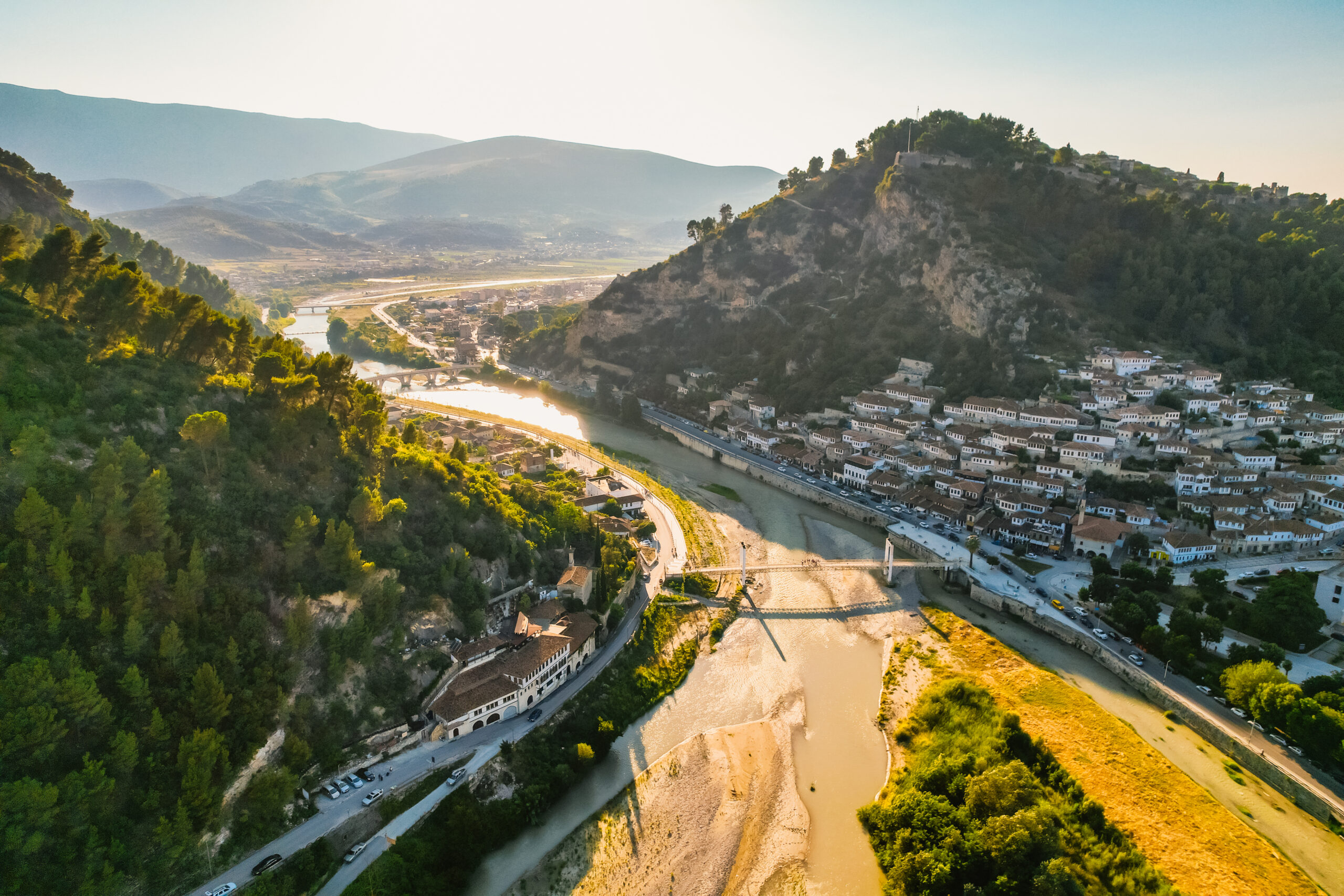 Berat, with ancient history from 2400 years ago, is located along the stream of river Osum and in the middle of the great mountains of Tomorr and Shpirag. Berat has always been one of the most preferred cities for foreigners during their tours in Albania. It is located on the side of a rocky hill and in the same place was settled the ancient town from the Illyrian tribes. It has been conquered many times but its castle has always been famous of being very difficult to invade as it was situated in a hilltop overlooking the whole area. Today it has the nickname of the city of a thousand and one windows, coming from the panoramic view of the houses on the hill. It is a part of the UNESCO World Heritage List. In tours in Albania, in berat you will notice all the well-preserved houses of original Ottoman architecture. Besides the warm atmosphere that the city itself offers to you, you will also get a glimpse of the Albanian tradition here, starting with the cheerful welcoming.
Berat, with ancient history from 2400 years ago, is located along the stream of river Osum and in the middle of the great mountains of Tomorr and Shpirag. Berat has always been one of the most preferred cities for foreigners during their tours in Albania. It is located on the side of a rocky hill and in the same place was settled the ancient town from the Illyrian tribes. It has been conquered many times but its castle has always been famous of being very difficult to invade as it was situated in a hilltop overlooking the whole area. Today it has the nickname of the city of a thousand and one windows, coming from the panoramic view of the houses on the hill. It is a part of the UNESCO World Heritage List. In tours in Albania, in berat you will notice all the well-preserved houses of original Ottoman architecture. Besides the warm atmosphere that the city itself offers to you, you will also get a glimpse of the Albanian tradition here, starting with the cheerful welcoming.
 Gjirokastra, the stone city, declared a UNESCO World Heritage Site is situated in the southern part of Albania, on the slope of the hills of (Mali I Gjere), overlooking river Drino. The first traces are to be found in the 1st century A.D. It became an urban center by the 13th century. Gjirokastra is mentioned for the first time in a document of 1336, under the name Argyropolihne (the township of Argyro). Later the town became known as Argysokastro. Gjirokaster had been under the Byzantine dominion till the late 14th century when it passed under the control of the Albanian feudal Prince Zanebisha. Gjirokaster was captured in 1432 by the Ottoman Turks, who called it Erigeri. In 1811, the Great Ali Pashe Tepelena, after bombarding the fortress with artillery, forced the town to capitulate. Later Gjirokastra played an important role as the cradle of the patriotic movement of the Albanians for freedom and independence. Nowadays Gjirokastra is one of the most attractive towns in Albania. Gjirokastra or so-called “the town of one thousand steps” or “the stone town” is of particular interest for its native architecture.
Gjirokastra, the stone city, declared a UNESCO World Heritage Site is situated in the southern part of Albania, on the slope of the hills of (Mali I Gjere), overlooking river Drino. The first traces are to be found in the 1st century A.D. It became an urban center by the 13th century. Gjirokastra is mentioned for the first time in a document of 1336, under the name Argyropolihne (the township of Argyro). Later the town became known as Argysokastro. Gjirokaster had been under the Byzantine dominion till the late 14th century when it passed under the control of the Albanian feudal Prince Zanebisha. Gjirokaster was captured in 1432 by the Ottoman Turks, who called it Erigeri. In 1811, the Great Ali Pashe Tepelena, after bombarding the fortress with artillery, forced the town to capitulate. Later Gjirokastra played an important role as the cradle of the patriotic movement of the Albanians for freedom and independence. Nowadays Gjirokastra is one of the most attractive towns in Albania. Gjirokastra or so-called “the town of one thousand steps” or “the stone town” is of particular interest for its native architecture.
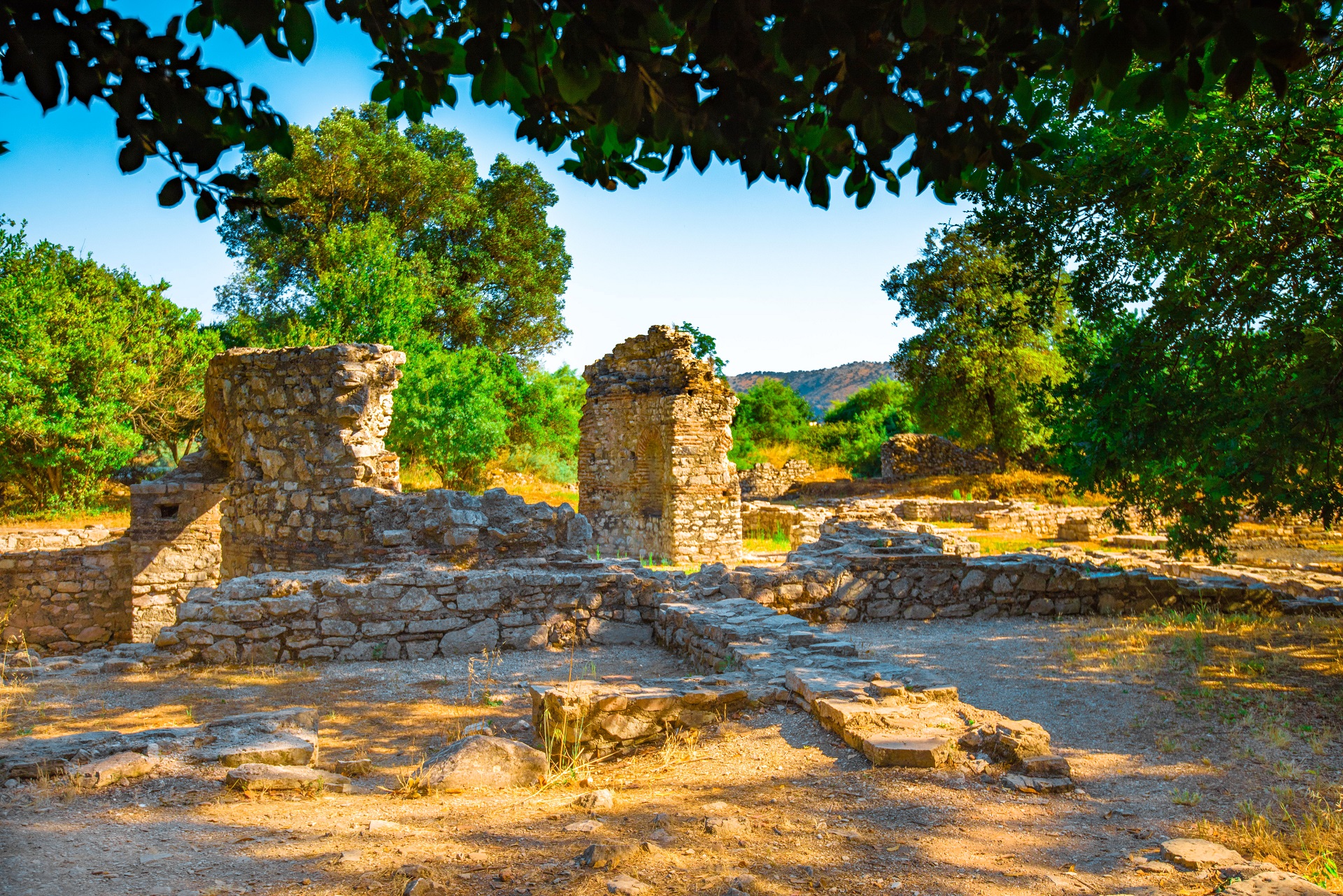 The ancient city of Butrint is much preferable to be visited as an archaeological center, where antiquity and beauty intertwine. The archaeological excavations show that Butrint has been an important center of the Kaonian Illyrians, one of the big tribes of southern Illyria. According to discoveries made in the area, it has been proved that the site was inhabited as early as the Paleolithic period. In the 6-th century, BC Greeks from Corfu settled here, alongside with Illyrians and the new colony prospered as the result of the trade. By the fifth century BC, Buthroton was an Illyrian fortified city. In the fourth century, BC Butrint had fallen to Epirus, and in 167 BC it was taken by Rome. It was a seat of a Byzantine bishop in the 10-th century. Butrint was captured by the Normans in the eleventh century and passed to Venice from 1690 to 1797 when Ali Pasha Tepelena captured it. With the fall of the Pashallek of Janina, in 1822, Butrint passed under Ottoman rule until 1913. Several excavations dating from the 1-st and 4-th centuries AD can now be visited, among them the Old Amphitheatre, the temple of Asclepiads or Aesculapius, the Baptistery, Nymphaeum and the ancient city walls. Do not miss the Baptistery, with a floor of colorful mosaics. An old fortress housing a small museum watches over the whole site.
The ancient city of Butrint is much preferable to be visited as an archaeological center, where antiquity and beauty intertwine. The archaeological excavations show that Butrint has been an important center of the Kaonian Illyrians, one of the big tribes of southern Illyria. According to discoveries made in the area, it has been proved that the site was inhabited as early as the Paleolithic period. In the 6-th century, BC Greeks from Corfu settled here, alongside with Illyrians and the new colony prospered as the result of the trade. By the fifth century BC, Buthroton was an Illyrian fortified city. In the fourth century, BC Butrint had fallen to Epirus, and in 167 BC it was taken by Rome. It was a seat of a Byzantine bishop in the 10-th century. Butrint was captured by the Normans in the eleventh century and passed to Venice from 1690 to 1797 when Ali Pasha Tepelena captured it. With the fall of the Pashallek of Janina, in 1822, Butrint passed under Ottoman rule until 1913. Several excavations dating from the 1-st and 4-th centuries AD can now be visited, among them the Old Amphitheatre, the temple of Asclepiads or Aesculapius, the Baptistery, Nymphaeum and the ancient city walls. Do not miss the Baptistery, with a floor of colorful mosaics. An old fortress housing a small museum watches over the whole site.
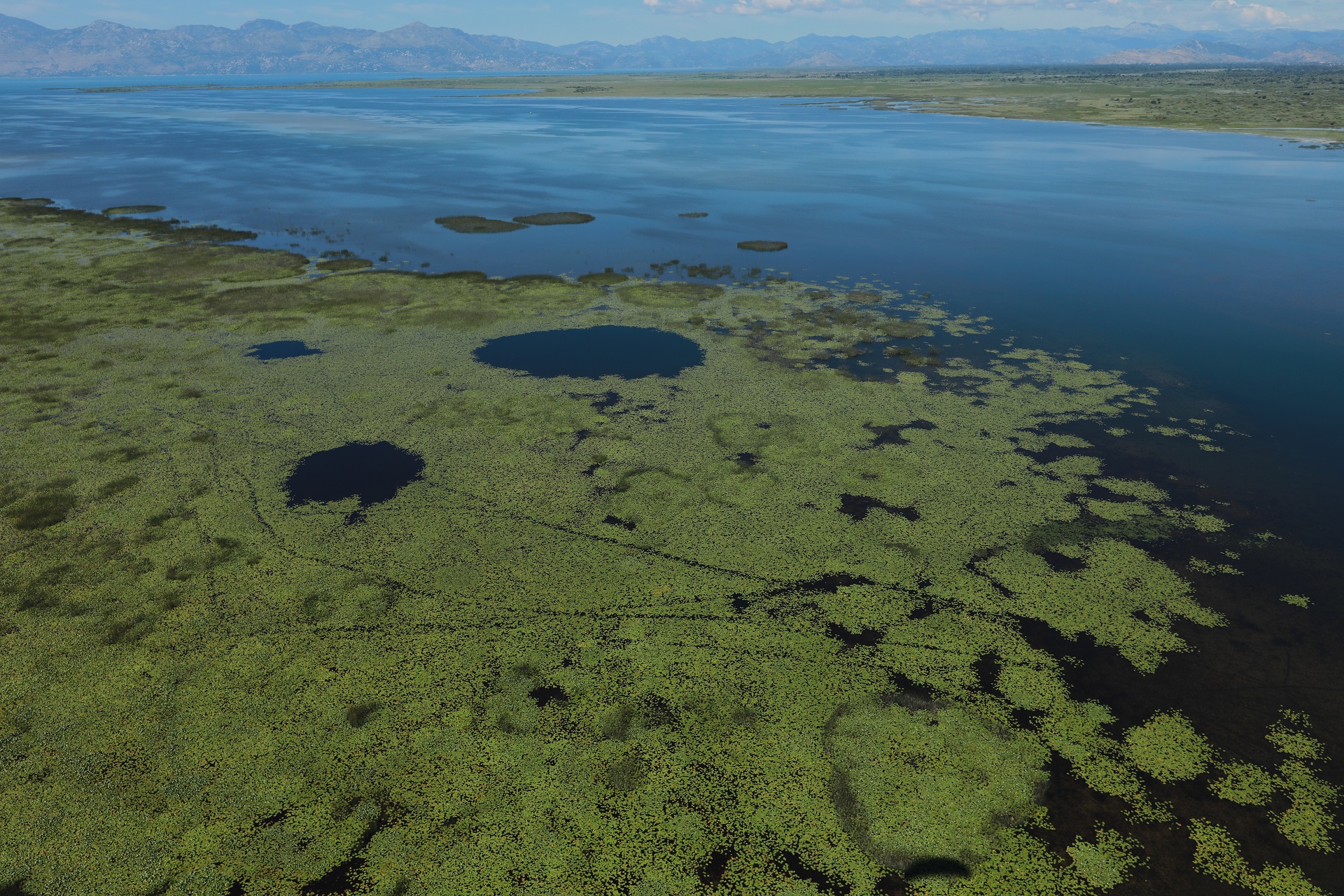 There are 14 national parks and a marine park in Albania They cover a surface area of 2,106.6848 km2 or roughly 6.7% of the overall territory. The Parks have a diverse terrain, suitable for sightseeing, fishing, relaxation, recreation, mountain climbing, and winter sports. That offers opportunities for excursions, skiing, sky sports, mountain climbing, etc.
There are 14 national parks and a marine park in Albania They cover a surface area of 2,106.6848 km2 or roughly 6.7% of the overall territory. The Parks have a diverse terrain, suitable for sightseeing, fishing, relaxation, recreation, mountain climbing, and winter sports. That offers opportunities for excursions, skiing, sky sports, mountain climbing, etc.
The Fir of Hotovë-Dangelli National Park is the largest national park in Albania located in Gjirokastër County with a surface area of 34,361 ha (343.61 km2) but there also other amazing natural parks such as Lura, Thethi, Valbona, Llogara, Dajti etc.
Albania has also 4 sites designated as Wetlands of International Importance (Ramsar Sites), with a surface area of 98,181 hectares. The national parks of Albania are well known and visited a lot by tourists every year because of the rich flora and fauna.
In these destinations, hiking, cycling, wildlife watching, landscape photography, and rock climbing are extremely popular activities. Albania’s natural beauty and variety will undoubtedly surprise you and make you rave about it to your friends and family back home.
If you’re wondering what to do in Albania after exploring Tirana and the Albanian Riviera, a visit to one (or more) of the national parks in Albania is absolutely a good idea.
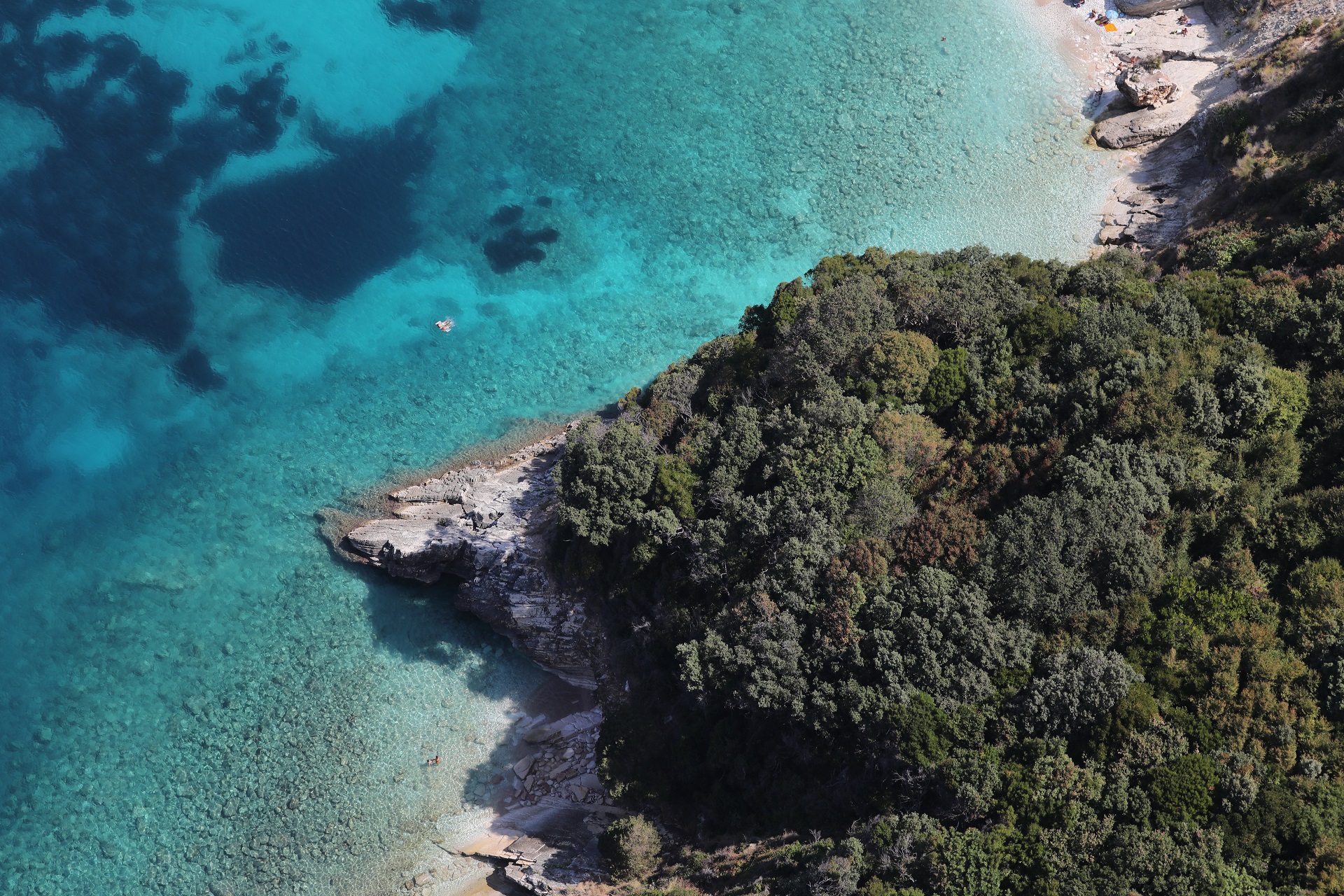 The Albanian Seashore stretches along two stunning coastlines—the Adriatic in the north and the Ionian in the south—offering a diverse range of beach destinations. In the north, places like Velipojë and Shëngjin feature wide sandy beaches and shallow waters, ideal for families and relaxed summer holidays. Moving southward, Durrës offers vibrant beach life close to the capital, while Vlorë marks the gateway to the more dramatic Ionian coast.
The Albanian Seashore stretches along two stunning coastlines—the Adriatic in the north and the Ionian in the south—offering a diverse range of beach destinations. In the north, places like Velipojë and Shëngjin feature wide sandy beaches and shallow waters, ideal for families and relaxed summer holidays. Moving southward, Durrës offers vibrant beach life close to the capital, while Vlorë marks the gateway to the more dramatic Ionian coast.
South of Vlorë, the Albanian Riviera unfolds with crystal-clear waters, rocky coves, and picturesque villages like Dhërmi, Himara, and Ksamil. These beaches rival the beauty of Greek islands but remain far less crowded. Whether you’re looking to lounge in the sun, explore underwater caves, or enjoy fresh seafood by the sea, the Albanian coastline delivers unforgettable Mediterranean charm with a uniquely local twist.
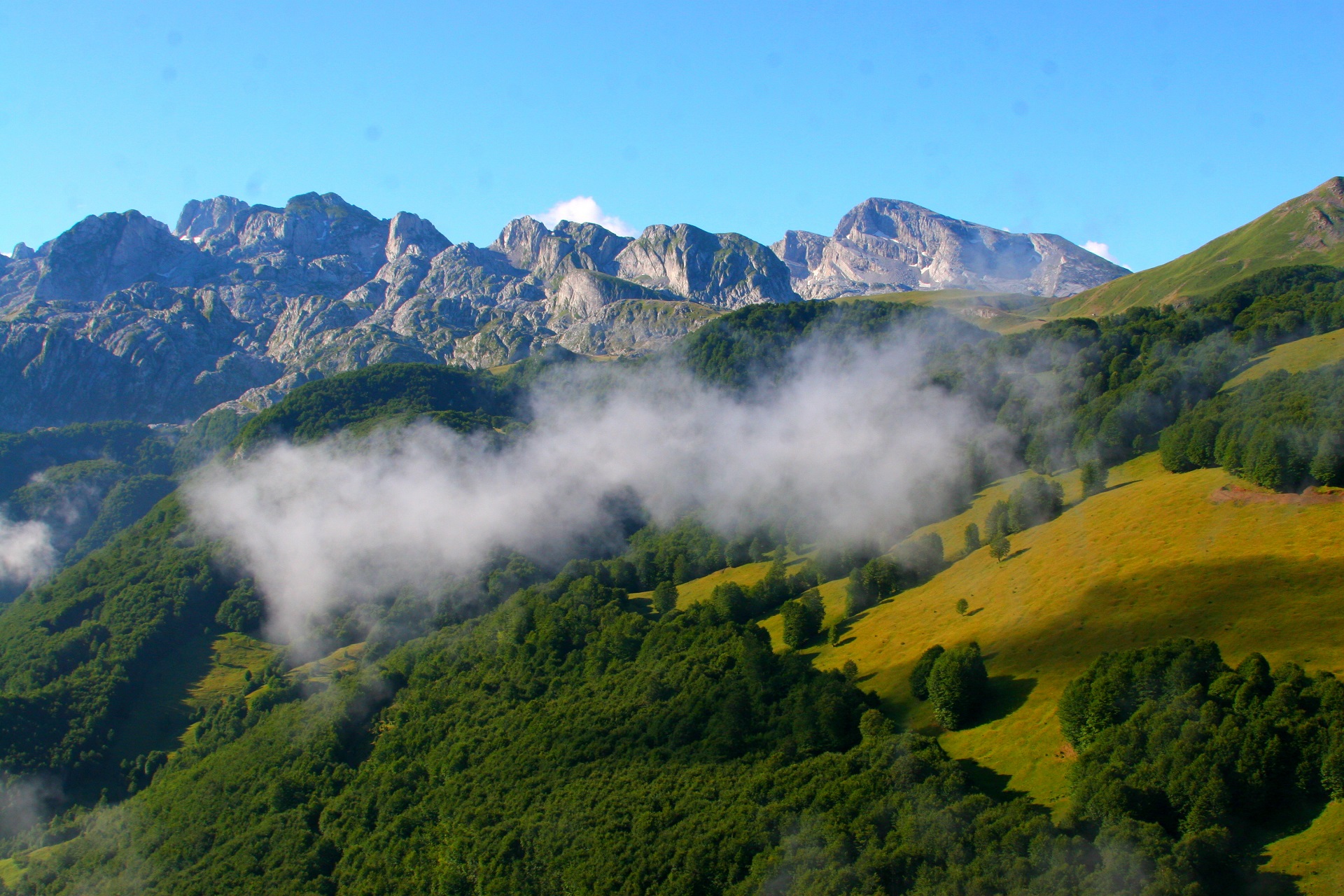 North Albania is home to some of the most stunning and unspoiled landscapes in the Balkans. The region is dominated by the Albanian Alps—also known as the Accursed Mountains—which offer dramatic scenery, deep valleys, and rugged peaks. Villages like Theth and Valbona are nestled in these mountains, offering visitors a chance to experience traditional mountain life, hike scenic trails, and discover hidden waterfalls, ancient churches, and traditional tower houses.
North Albania is home to some of the most stunning and unspoiled landscapes in the Balkans. The region is dominated by the Albanian Alps—also known as the Accursed Mountains—which offer dramatic scenery, deep valleys, and rugged peaks. Villages like Theth and Valbona are nestled in these mountains, offering visitors a chance to experience traditional mountain life, hike scenic trails, and discover hidden waterfalls, ancient churches, and traditional tower houses.
What makes the North truly special is its authenticity. Life moves at a slower pace here, and the locals are known for their hospitality and pride in their heritage. Whether you’re enjoying a home-cooked meal in a guesthouse or crossing the Komani Lake by ferry, the North delivers a sense of discovery that few places in Europe can still offer. It’s a paradise for nature lovers, trekkers, and anyone seeking peace and authenticity.
Albania is very rich in history, cultural sights and beautiful natural spots. Whether you like archaeology, architecture or cultural sights, this small country will satisfy all your needs. What’s more is while you travel through the winding roads will be amazed by the country’s landscape and its diverse natural beauties. Enjoy many encounters and activities included and get involved with the locals.
Are you ready for your next adventure?
On our tours in tours in Albania you will:
– Support local communities
– Learn more from our experienced guides
– Travel in modern comfortable vehicles
– Taste some of the best local specialties
– Get plenty of free time to explore on your own way